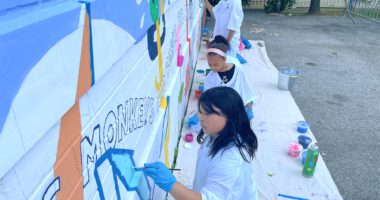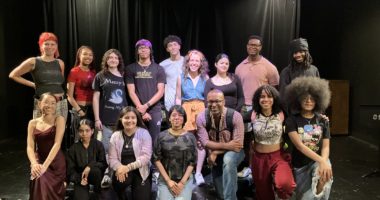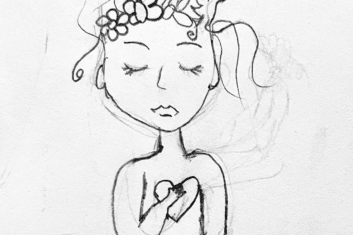During the course of Community-Word Project’s Teaching Artist Training & Internship Program (TATIP) Saturday training sessions, I learned the value of having a safe space. Our mentors were able to create an atmosphere where our voices were heard and validated, giving us confidence to speak our minds and present our ideas.
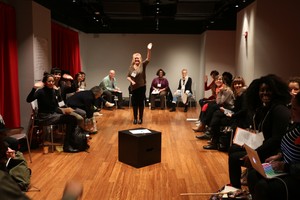
But this safe space didn’t happen immediately. In the beginning of the first day, we participated in a graffiti-wall activity, in which we anonymously answered questions about what we hoped to learn from the training and how we create as artists. The exercise’s anonymity enabled us to answer questions honestly; our voices were then heard when our mentors reflected on what we had written. In addition to the graffiti wall, there was also a mingle-mingle activity, in which we received slips of paper with different questions or as conversation starters to be used as we wandered the room, mingling with our fellow trainees. We also created artist maps, which we shared with the people sitting next to us rather than the entire room. The trainees gradually opened up after engaging in these activities. After that, our mentors each performed a short piece in their respective art-forms, demonstrating that it was okay to take risks.
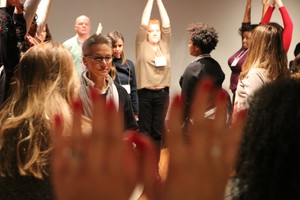

And sprinkled throughout the day, there were moments of reflection, during which our mentors asked us questions about what we were learning so far. Whenever we spoke up during an activity, our thoughts were understood and accepted.
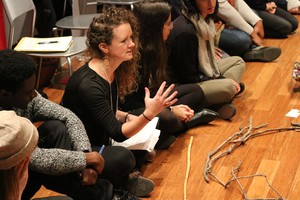

By the second training day, the class had already become an environment in which we felt safe to share our thoughts. That day we experienced a model lesson in the student’s role, culminating in group performances of community poems. By this time, it felt alright to take risks in front of the group, which was important since that type of performance would normally be outside my comfort zone.
In a later training session, our safe space was put to the test when we participated in an exercise that called for showing our opinions on controversial issues. During this exercise, opposite ends of the room were designated as agree or disagree; the space in between was grey area. Our mentors would then make statements such as, “I believe in democracy,” and we would choose a place in the room to demonstrate where we stood on the agree/disagree spectrum. As a class, we weren’t always in agreement on these statements, but we were able to respect and accept each other’s points of view.
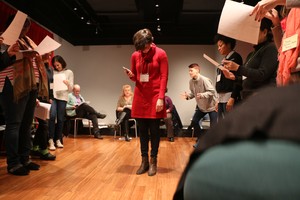

Each of the six training days culminated in a call and response using the text:
“I have a voice.
My voice is powerful.
My voice can change the world.”
The first time we did it, I felt a little awkward. By the second day, however, I started to feel empowered. And by the sixth day, it felt like a true statement as I spoke it.
-Amy Glover, Musician, TATIP Trainee

